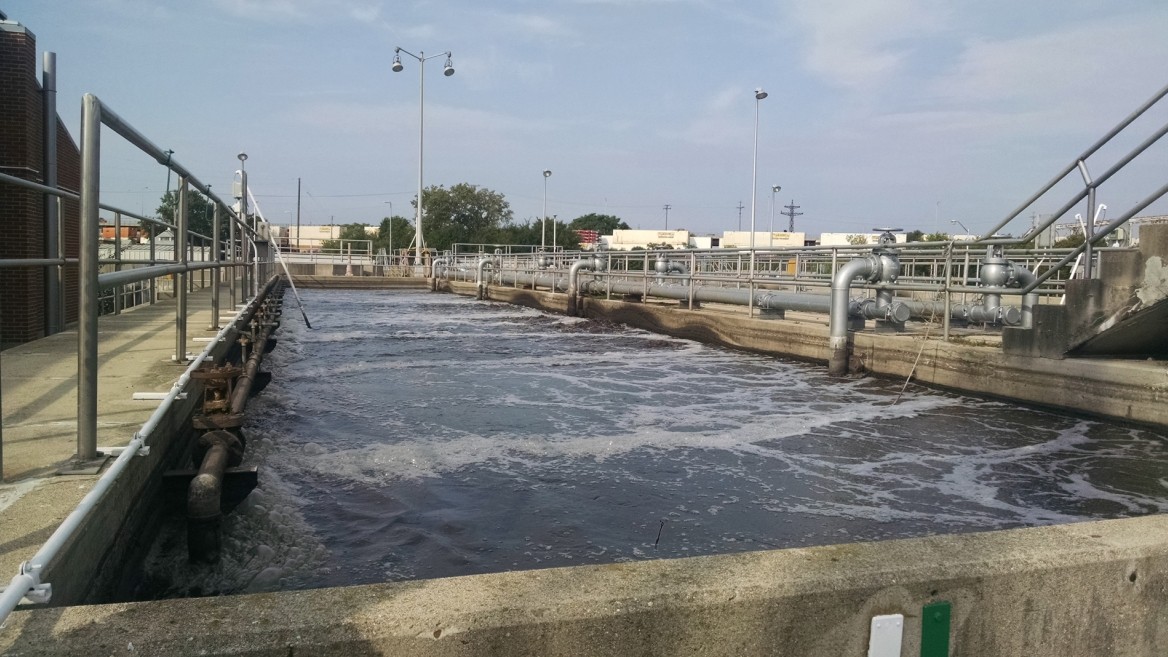Phosphorus Removal Feasibility Studies

Greeley and Hansen, A TYLin Company, conducted feasibility studies for phosphorus removal at the Calumet, Hanover Park and Lemont Water Reclamation Plants for the Metropolitan Water Reclamation District of Greater Chicago.
Due to the severe eutrophication (hypoxic zone) in the Gulf of Mexico, the Metropolitan Water Reclamation District of Great Chicago (District) is facing a progressively more stringent limits on effluent Total Phosphorus. The Feasibility Studies included two parts. The first part was to evaluate and optimize the existing operation so to achieve as much phosphorus removal as possible with the least capital investment. Potential influent phosphorus load reduction was considered for the domestic and industrial standpoint. Influent phosphorus reduction measures focused on several sources, which included industrial, commercial, institutional, municipal, and domestic. The second part of the study was to evaluate treatment technologies for the WRPs to meet a 1.0 mg/L, 0.5 mg/L, and 0.1 mg/L effluent TP limits and the life cycle costs associated with the modifications.
Short-listed alternatives were further evaluated using the GPS-X model. The model was used not only to evaluate process performance, but also to evaluate the probability of compliance based on the monthly, seasonal, and annual average conditions. While evolving regulatory requirements continue to be monitored, a phased approach was proposed to provide the District with the flexibility to accommodate the ever-changing proposed TP limits. A phased approach considered the use of baffles to isolate anaerobic zones from aerobic zones, the replacement of airlift pumps with centrifugal pumps for return activated sludge (RAS), the improvement of dissolved oxygen (DO) control, and the improvement to the final settling tanks performance to increase settling that would in turn help in reducing the effluent phosphorus. With the Utility of the Future in mind, it was preferred to achieve phosphorus removal through biological means to the extent possible. Therefore, feasibility studies focused on enhanced biological phosphorus removal (EBPR) technologies. Consideration included struvite buildup potential and biosolids dewaterability impacts due to EBPR implementations.
Project Highlights:
- Feasibility study on phosphorus removal to address evolving regulatory requirements and hypoxi zone in the Gulf of Mexico
- Phased approach to provide flexibility
- Full-scale demonstration program